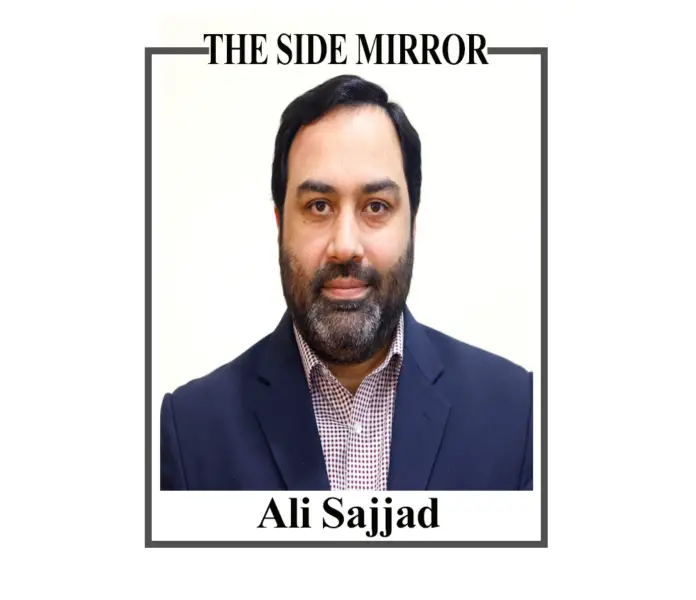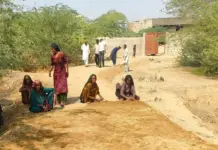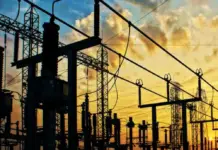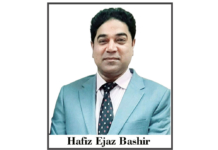I was greeting family and friends on Eid here in London when videos of the Bahawalnagar incidents started trickling in non-stop in WhatsApp groups.
No one was amused to see the scenes.
I called to my web desk, and asked for the details. They were as clueless about the ABC of the incident and its background. They were, however, trying to reach someone in Bahawalngar police to get more details.
The recent events in Bahawalnagar, where a police raid spiraled into a tense standoff between police and a powerful institution’s personnel, expose a troubling fault line in our country’s security apparatus. While both sides have pledged investigations, the incident raises serious questions about accountability, social media’s role, and the fragile relationship between these two vital institutions.
The crux of the issue lies in a botched police raid. Accusations fly: police are alleged to have detained a family, including an army officer, for over 24 hours, exceeding legal limits. The family retaliates, taking police officials hostage, a desperate act fueled by frustration with police overreach. Someone posts the pictures of the stand-off online, and the rest is history. Social media, often a double-edged sword, becomes a battleground. Videos depicting alleged police brutality and the other side’s retaliation go viral, inflaming tensions.
The blame game deepens. An inspector’s painful video message paints the police as victims, highlighting the assault by the personnel of the other side. The ‘other side’ counters, claiming the police spread misinformation and initiated the escalation.
In my opinion, things should not have gone online. When a matter comes to public domain, the matter can be twisted, angled and framed. The truth, in my views, lies somewhere in the murky space between these narratives.
When the videos were doing the rounds, both institutions were absent and they chose to look the other way. In such situations, immediate firefighting is not a choice; it is mandatory. The police and the other side should be grilled for bad media management.
Though very late, the Punjab government’s response is a welcome step. A joint inquiry team, comprising representatives from the police, army, and intelligence agencies, promises a more comprehensive investigation. This impartiality is crucial to rebuild trust, both within the public and between the two institutions. The probe should not take weeks or months. It should be done in days, and findings should be made public. This will raise public trust.
However, investigations alone are not enough. The incident exposes a deeper issue: a culture of impunity within some police ranks. The alleged illegal detention and torture are not aberrations. Police brutality remains a persistent scar on Pakistan’s social fabric. Effective police reforms, tough accountability and upholding legal procedures, are essential to prevent such incidents from recurring.
The misuse of social media is another concerning aspect. Unverified information, fueled by emotional narratives, can quickly spiral out of control. There is a need for responsible social media use, where facts are prioritized over sensationalism. Perhaps public awareness campaigns and stricter regulations on spreading misinformation could be explored.
Finally, the incident brings forth the importance of fostering better relations between the police and army. Open communication channels and clear protocols for inter-institutional interaction are crucial. Joint training exercises and workshops promoting mutual respect could go a long way in bridging the current divide.
The Bahawalnagar incident will soon become history but it should serve as a wake-up call. It is a reminder that a breakdown in trust between institutions tasked with upholding law and order can have devastating consequences. By taking decisive action to address the root causes, the government can emerge from this crisis with a more robust and accountable security apparatus, one where both the police and army work in unison to safeguard the safety and well-being of its citizens.







